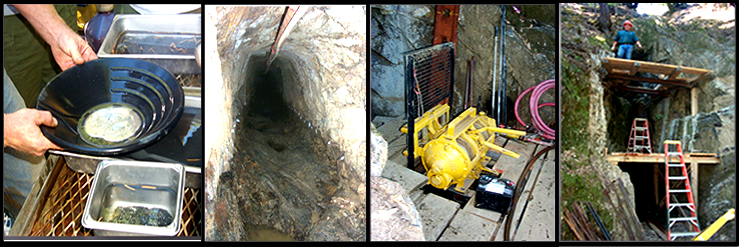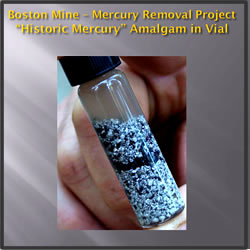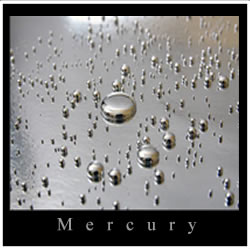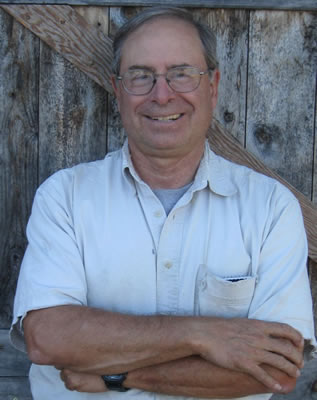BOSTON MINE – AML SITE

“LEGACY” MERCURY REMOVAL PROJECT”
The Boston Mine site represents an example of a successful “mercury removal” pilot project at an abandoned, historic placer gold mine in the Sierra Nevada Region of northern California. Selection of the Boston Mine Site for “mercury removal” cleanup was based on comparative ranking of mercury contaminant levels in water, sediment, and biota samples in the upper portion of the watershed near the mine site. Specifically, the historic sluice tunnel at the Boston Mine contained the 2nd highest measured levels of particulate mercury, methyl mercury, and mercury in filtered and unfiltered water, biota, and sediment samples on the tunnel floor. Specialized underground mining equipment was used to remove 200 cubic yards of tunnel floor sediments and transport it to the tunnel portal, where it was transported to a mobile processing plant that separated the “legacy mercury” detrital particles from the sand, silt, and clay sized materials contained in the tunnel floor sediment A specialized heavy mineral concentrator unit was used to process the +200 cubic yards of tunnel floor sediments and recovered over 3 pounds of elemental mercury and amalgam. Most notably, the mercury Removal Action prevented over 10 million gallons of water from continued mercury contamination at the mine site per year, which discharges into the upper Bear River Watershed. As a result of the cleanup, Lawler’s team was awarded the National Environmental Achievement Award by the U.S. Dept of the Interior in 2005.




